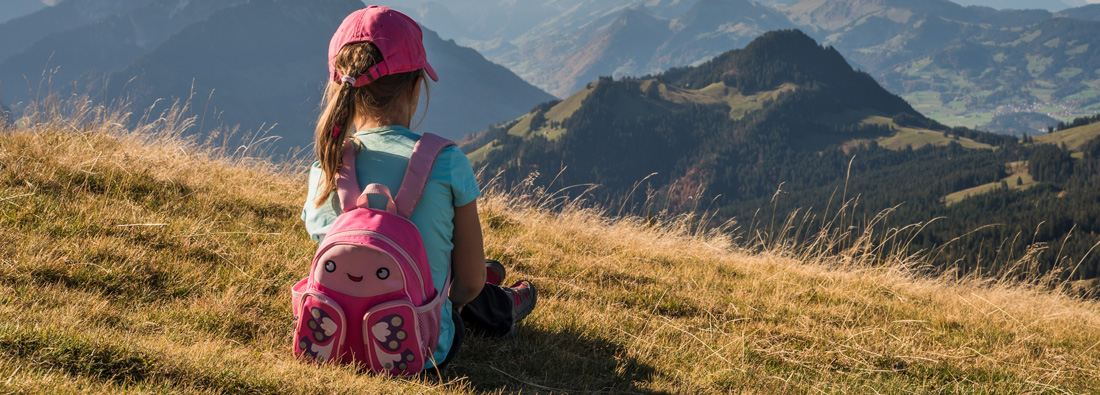Every day, parents bring their children into Express Chiropractic Keller with pain and postural distortions related to carrying a backpack. This article discusses the dangers of heavy and prolonged wearing of backpacks and how to avoid them.
A backpack is an essential part of just about every kid’s life.
And while they can be a handy tool for toting all that stuff, the prolonged pull on the shoulders and neck along with the ‘pulling down’ force into the lower back spine all increase the likelihood of near-term pain and potentially long-term problems.
Did you know a child’s spine is still growing until the age of 22 – or older!
This means that a heavy backpack or a backpack worn incorrectly could have a detrimental impact on their growing spine.
The negative results include pain but may also include poor posture which can lead to self esteem issues.
Studies at Johns Hopkins Children’s Center showed overloaded backpacks as the cause of shoulder pain and poor posture in kids

5 Signs and symptoms that your child’s backpack may be too heavy
- Complaints of neck pain, back pain or headaches
- Child is hunched forward to offset the weight of the pack
- Posture issues such as one shoulder higher than the other or a head forward posture
- Spinal misalignments as determined by a chiropractor
- Excessive muscle tension in the neck or upper back/shoulders
Solutions to help ease the heavy load
Type of Pack
- Get a backpack with a lot of padding on the shoulders to buffer the bounce of the bag as the child walks – or runs to school or class!
- Find a pack with a waist strap which ensures it stays closer to the body while wearing it
- Consider a pull behind backpack so your child can wear or pull the pack as appropriate
Packing
- Pack heavier items toward the back of the pack. The closer to the spine the heavy items are the less force it puts into the spine and the more your legs can help carry the load
- Only carry what is needed for the day
- See if you can leave some items at the school (confirm with the school that you would be able to pick up items if your child gets separated from the items due to quarantine)
- Do not allow the backpack to get heavier than 15% of your child’s body weight
Lifting
- Teach your child to lift it with 2 hands while facing it
- Teach your child to lift with his/her legs. i.e. bend the knees to lift it or you can lift it and place it on your child’s shoulders
Wearing
- Use both shoulder straps
- Keep the straps tight so the pack stays tighter against the body
- Make sure the pack is age appropriate in size so that it stays above the waist at its’ lowest point, thus keeping the load closer to the spine
- Use a pull behind backpack or at least one with an option to pull it on occasion
- If your child is hunched forward to counter the weight of the backpack, then the backpack is too heavy.
Your child is still growing and if you want to give her/him the best chance of not ‘enjoying’ the same back and neck pain you have then be smart now and hopefully you can help her avoid spine issues now and later.
A heavy downward force on a child’s spine 5 days a week may cause conditions beyond pain, including scoliosis and posture imbalances. These more significant conditions can lead to long term problems that are more difficult to manage later in life.
Take action now to reduce the strain on your child’s back and neck. The older your child gets, the more difficult it is to reverse any backpack related disorders with the spine.
If your child already shows signs or symptoms of backpack related issues such as pain or posture distortion then consider these options:
- Visit a local chiropractor near you
- Consult your pediatrician
- Visit a physical therapist
In particular, chiropractors are trained to see and feel any slight (or sometimes obvious) deviations in the spine and to detect any misalignments in the spine and use specific, light painless adjustments by hand or with specific instruments to fix these conditions.
A younger spine is much easier to correct than an older spine.

